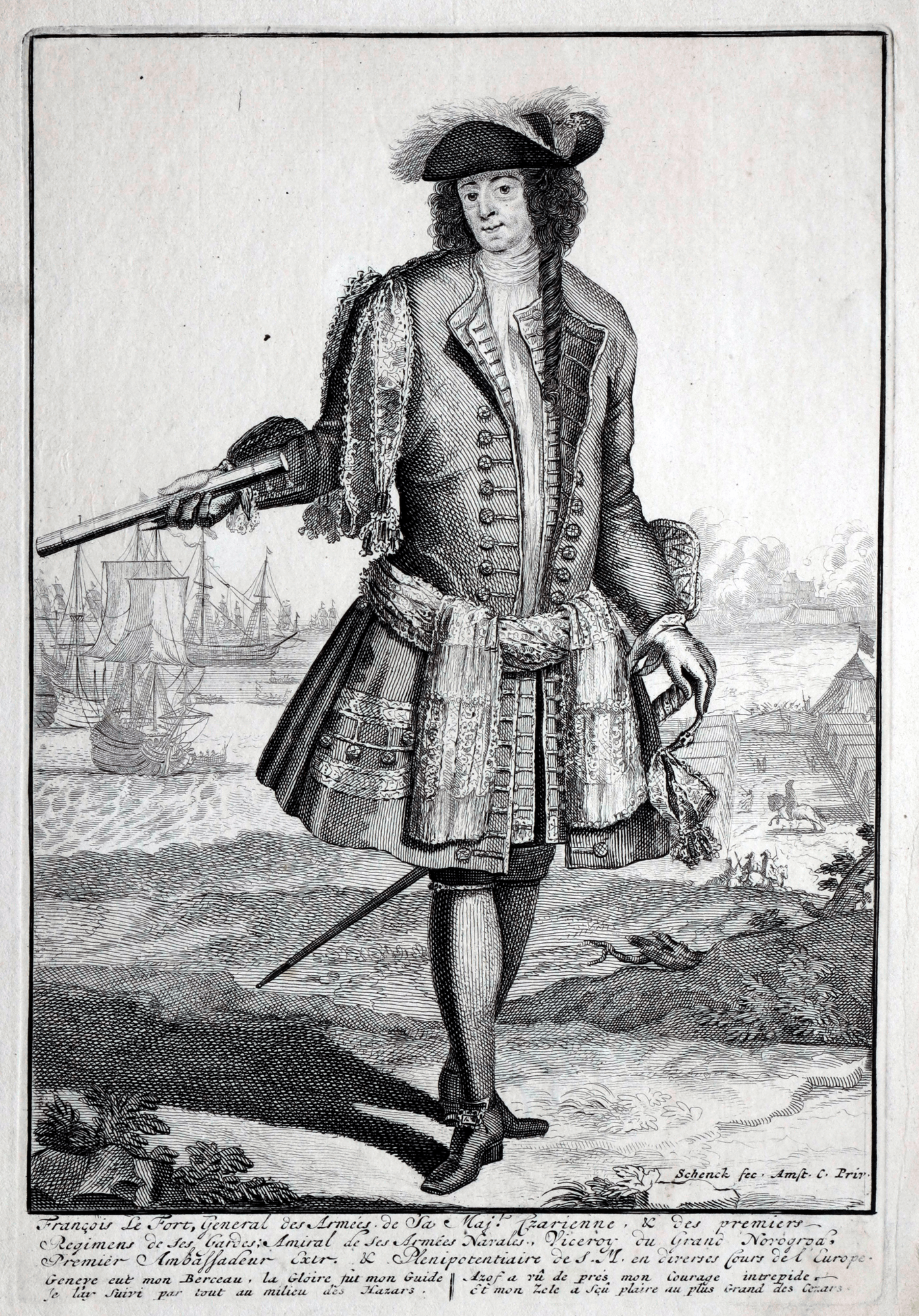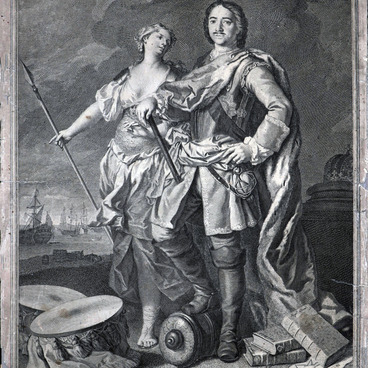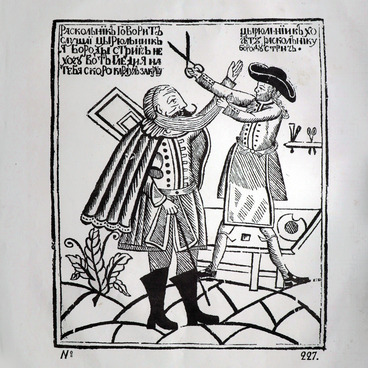François Jacques Le Fort (1656–1699) was born in Geneva and was to become the heir of his father’s trading business. However, the young man was attracted to another occupation. By the age of 19, he had already served in the French and Dutch armies. He was left without an inheritance and went to serve Tsar Alexis as part of a volunteer group under the command of Jacob von Frosten.
Fyodor Alekseyevich, who took the throne after his father, refused to accept foreign military personnel, and Le Fort took up residence in the German settlement among European officers and diplomats where he soon acquired useful connections.
Two years later, he managed to enter the service in the Russian army. He won the favor of Prince Vasily Golitsyn and at the same time became close to Peter I. Le Fort probably attracted the attention of the future tsar as one of the most notable residents of the German settlement. He supported Peter’s desire to introduce European customs in Russia and contributed to the development of Peter’s toy army, which was also trained in a European manner.
Le Fort’s house became a place where the tsar and his inner circle gathered for both feasts and secret meetings. It is believed that it was François Le Fort’s plan to go on a diplomatic mission to Western Europe, where he acted as ambassador, and Peter was present under the guise of sergeant Pyotr Mikhailov. After the mission, he accompanied Peter to Moscow to suppress the Streltsy uprising of 1698.
Peter also valued the personal qualities of his friend: his ability to find common ground with people, bravery and courage. His lack of military and naval knowledge was overlooked due to his diligence and dedication.
The engraved portrait of François Le Fort was made by the Dutch draftsman and engraver Peter Schenk the Younger. He was a student of Gerard Falk and worked mainly in the etching and mezzotint techniques. His creative legacy includes portraits, genre scenes, fête galante, and paintings on biblical narratives.
He created most of his engravings based on the original pieces of other artists. Many of his works were subsequently published in color. Schenk’s cartographic works are also known — he made maps and plans of cities and entire states.
Some of the artist’s works are kept in the archives of the Russian Geographical Society in St. Petersburg.

